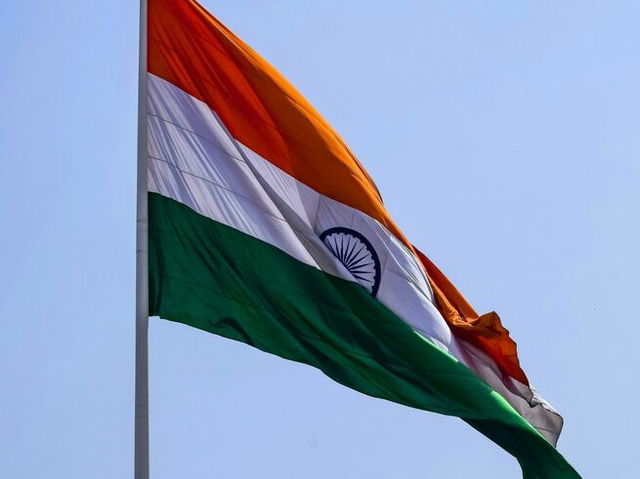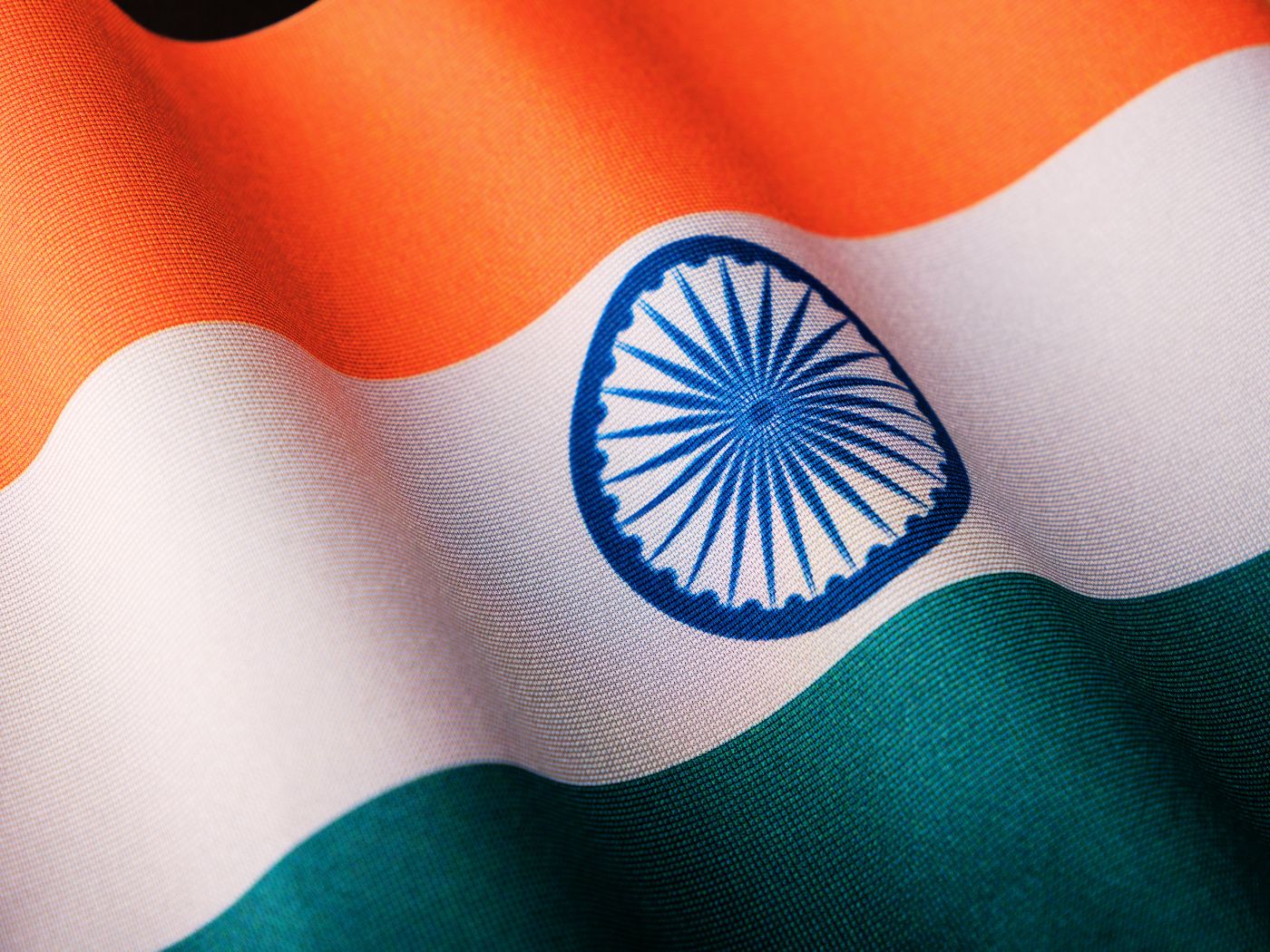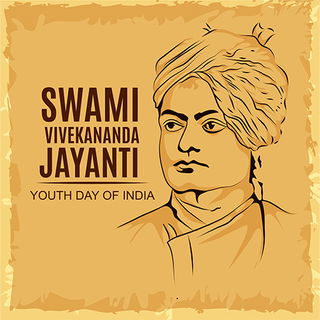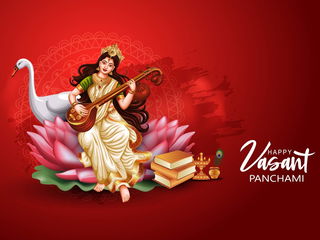- Calendar
- Calendar 2026
- July
- National Flag Day
National Flag Day
National Flag Day in India is observed every year on July 22 to honor the historical adoption of the Indian National Flag by the Constituent Assembly in 1947.
This day isn’t just about fabric stitched in saffron, white, and green, it's about the spirit of unity, sacrifice, and independence it represents.
As we raise the Tiranga high this year, we also raise our voices in gratitude to those who laid the foundation of a free and sovereign India.

The Significance of July 22
Just weeks prior to India's independence, the Constituent Asembly formally adopted the present design of the Indian National Flag on July 22, 1947.
This was a strong reminder of our sovereignty and identity. This day is now observed each year to reflect on the significance of the flag and renew our commitment to the ideals it stands for.
History of Indian Flag
Before India gained independence, different states under the monarchial rule had their own flags but none of them represented all of India.
After the rebellion of 1857, the British rules started thinking about a flag for India, and they developed one similar to that of British colonies with a red background, the Union Jack in the corner, and a “Star of India” symbol in the middle.
Queen Victoria introduced a special award known as the “Order of the Star of India” to honor Indians that served the British Empire to make this symbol more connected to India.
Later, monarchial states were given their own flags that followed European designs.
A suggested flag tried expressing unity through religious and had different colored bands for Hindus, Muslims, and Christians. The stars represented the many states of India, and the red border showed that British rule held everything together.
At the same time, Indians started thinking of their own symbols. Leaders like Bal Gangadhar Tilak and Aurobindo Ghosh suggested symbols from Hindu religion, like Ganesha, Kali, and the holy cow—but these did not include Muslims and other communities.
Early Tricolor Flags
Inspired by other countries that used tricolored flags for freedom, like the Netherlands and France, India also saw the rise of tricolor flags.
In 1905, after the British divided Bengal, a flag was created as part of the Swadeshi movement.
It had green, yellow, and red stripes with lotuses, the sun, a crescent moon, and the words “Vande Mataram.”
Though it was used at Congress meetings and by Bhikaji Cama in Germany, it didn’t become widely popular.
Another idea came from Sister Nivedita, who designed a flag with a thunderbolt and lamps. But again, it didn’t catch on.
By 1909, people in Britain were also noticing that India had no single flag. A former governor even wrote to a newspaper saying it was strange, since India was so important to the empire.
New Designs and Gandhi’s Role
A man named Pingali Venkayya designed 30 new flag prototypes in 1916. Around this time, Annie Besant and Tilak made a new flag for the Home Rule Movement.
It had British and Indian symbols but was banned by the British.
In the 1920s, Mahatma Gandhi suggested a new flag with a spinning wheel, the charkha, symbolizing Indian self-reliance.
He first wanted only red and green (for Hindus and Muslims), but later added white to include all religions.
By 1929, Gandhi gave each color a new meaning: red for sacrifice, white for peace, and green for hope.
Flag Satyagraha and Acceptance
In 1923, the spinning wheel flag was raised in Nagpur to remember the Jallianwala Bagh massacre.
The police arrested protestors, which led to the Flag Satyagraha (peaceful protest), led by leaders like Jamnalal Bajaj. Over time, even those who were unsure of the flag started supporting it.
Muslim leaders also began to support the flag, and by 1931, the Congress officially adopted a tricolor with saffron, white, and green stripes and the spinning wheel in the center.
It became a strong symbol of India's fight for freedom and unity.
The Tiranga And Their Symbolism
The Indian National Flag, often searched as Indian flag image or tricolor flag, is more than just fabric, it's layered with meaning and history. Here’s what it represents:
- Saffron (top): Courage, sacrifice, and the spirit of renunciation
- White (middle): Truth, peace, and purity
- Green (bottom): Fertility, growth, and auspiciousness of the land
- Ashoka Chakra (middle of the white): The navy blue 24-spoke wheel represents dharma (righteousness), progress, and eternal motion. It is inspired by the Lion Capital of Ashoka, an ancient symbol of India.
How to observe National Flag Day
To celebrate National Flag Day in India, you can start by hoisting the Indian flag at your home, school, or workplace, making sure to follow the proper guidelines to show respect.
It's a great time to dive into the history of the Tiranga, learn about the evolution of the flag, the meaning behind each color, and the significance of the Ashoka Chakra.
You could also explore the Flag Code of India to better understand the dos and don'ts related to flag usage.
If you're up for a cultural outing, visit museums or exhibitions that showcase India's national symbols or host special events around this day.
You Might Also Like

Other Celebrations
-
Jan 25 Sat
-
Feb 28 Fri
-
Sep 26 Fri
-
Dec 07 SunArmed Forces Flag Day
-
Aug 02 Sun
-
Sep 26 Sat

National Flag Day - Next years
Thursday, 22 July 2027
Saturday, 22 July 2028
Sunday, 22 July 2029











